How to track your cycle and how to adjust workout intensity throughout the month
Sharing tips on how I learned to track my cycle and how to adjust your workouts throughout the month.
Hi friends. Happy Monday! I hope you had a wonderful weekend. We celebrated two friends’ bdays and I babysat our friend’s two kiddos, including a 5-month old. We got rid of a lot of our baby stuff (#twoandthrough) but I washed my Ergo and she napped in there. The cutest ever! Sometimes when I see other babies swaddled up snoozing, flashing their gummy smiles, and hang out with our nieces and nephews (who aren’t babies anymore!) it almost gives me the tiniest nudge to maybe go for a third. Then, I remember that we’re finally sleeping through the night after 7 years of deprivation and it brings me riiiight back down to reality haha.
I mentioned in a previous post that I know the second that I ovulate each month and received quite a few questions on how I track my cycle. I figured I’d share the details in this post, as well as tips to adjusting your workout intensity each month. You shouldn’t be pushing it to the max in each phase of your cycle, so I hope you can use this post for some tweaks! Friendly reminder: I’m not a doctor, just a nerd. If you have questions or need specific advice or medical help, please reach out to a medical professional.
How to track your cycle
I’ve been tracking my cycle for about 10 years now and started tracking after I went off birth control. I was on birth control for 12 or 13 years and it majorly screwed up my hormones. When I stopped taking birth control and started tracking my cycle, I realized that I wasn’t ovulating most months and on the rare occasion that I did, my luteal phase (the time after ovulation) was way too short. This is why it ended up taking us a while to get pregnant with Liv. The doctors I saw in Valdosta weren’t really able to help me – I was just advised to take Clomid, which forces the body to release an egg – so I started seeing a friend’s naturopathic doctor. He prescribed quite a few supplements and herbs, lifestyle, and diet changes, and while it ended up taking a while, my body was eventually able to produce enough hormones at the appropriate times to get pregnant.
When I first started tracking my cycle, I learned things at 25 that could have helped me when I was a teenager. It would have been nice to know my cycle was coming instead of constantly being surprised at the most inopportune scenarios. After learning more about my body and how it actually works, I felt empowered instead of mystified by what was going on.
Step 1: I read Taking Charge of Your Fertility. I recommend this book to ALL women, whether you want to get pregnant or prevent pregnancy. This breaks down everything you need to know!
Step 2: Start tracking! There are so many ways you can do this. I used to do the old-school method with a basal thermometer to take my temp upon waking (your temp jumps after you ovulate) but apps and technology can do this now. 🙂 My Oura ring tracks my temperature and lets me know when there’s a jump each month. To track my full cycle, I use the iPeriod app. You notate the first day of your cycle and the last day – you can also add notes for spotting, “love connection,” and workouts if you’d like – and as the app gets to know you over time, it will have green squares in the calendar when you ovulate. At first mine was a little off, but over time, the app has become extremely accurate. It also reminds you to do a breast health check after each cycle.
How to adjust workouts according to your cycle:
Like I mentioned above, you’re not supposed to go crazy with the workouts in each phase of your cycle. You may notice that you feel tired or run down at certain points of the month, or extremely energized and ready to crush it. Just like anything else, it’s helpful to listen to our body’s cues and determined whether we need more of a restorative day or if we’re ready to push the intensity.
Phase 1: Menstruation. Hormones are low during this time of the month, so you may feel a dip in energy, especially towards the beginning of your cycle. This is why it’s important to take it easy during the start of this phase if you feel tired. I tend to gravitate towards low-impact workouts, like Pilates, yoga (no inversions), and walking. If you feel energized, you can absolutely take advantage of the extra energy with a more intense workout.
Phase 2: The follicular phase. FSH (follicule-stimulating hormone) and estrogen begin to rise during this phase, in order to prepare the egg the mature and drop, which can lead to a slightly increased risk of injury from the elevated estrogen. Make sure to warm up properly before your workouts and execute the moves with proper form. The increase in hormones can lead to increased creativity, so this is an ideal time to try a new workout format or class.
Phase 3: Ovulation. Estrogen, FSH, and LH (Luteinizing hormone) are at peak levels, which means high energy levels. Take advantage of this time to challenge yourself on the workouts. HIIT, bootcamp, power yoga, kickboxing, runs/sprints, intense strength training are all good options if you feel up to it. Keep in mind that estrogen is still up, so make sure to warm up properly and use proper form to help protect yourself from injury.
Phase 4: The luteal phase. There are some hormonal ups and downs during this phase, which means that energy and motivation might be unstable. During this phase, it’s especially important to listen to your body and what it’s craving. You’ll likely have higher energy in the first part of this phase (so roll with higher intensity workouts if you feel up to it!) and gravitate more towards low intensity workouts are hormone levels decrease and prepare for the start of your cycle.
So, tell me friends: do you track your cycle? Are there any apps or resources you’d recommend? Do you change up your workouts during the month, or stick to the same routine?
xo
Gina
Retry later
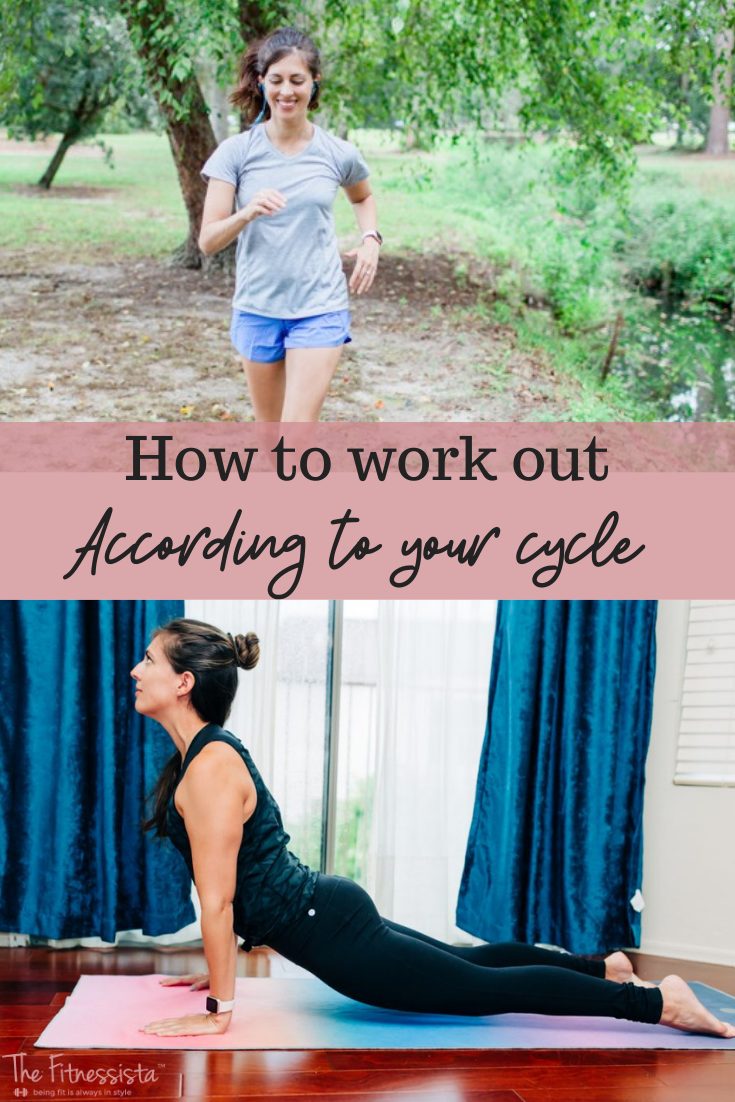
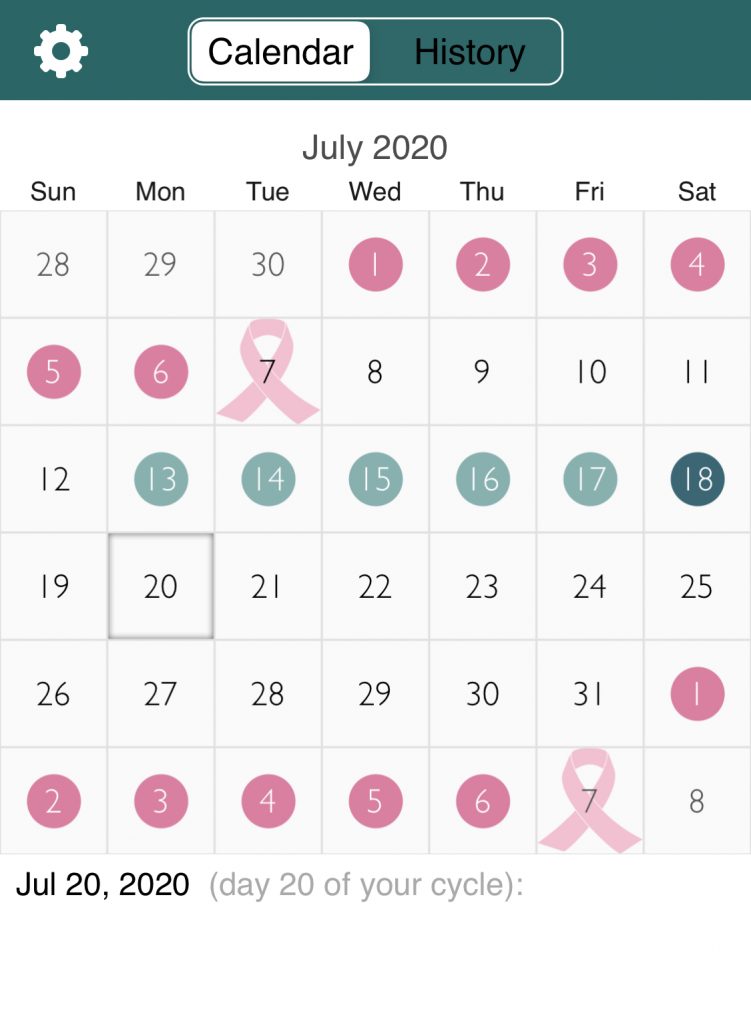
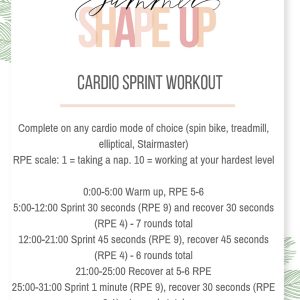
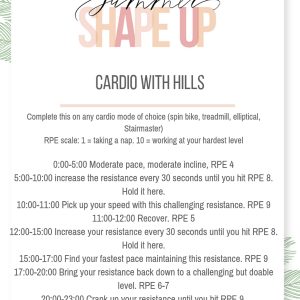
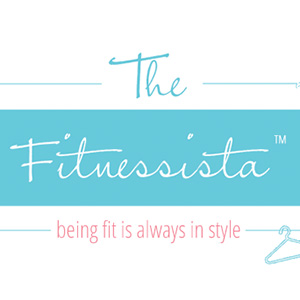
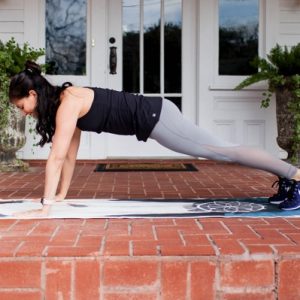

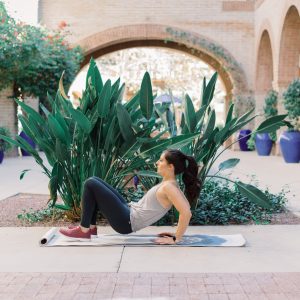








Thank you for this post! I’ve been on the pill for 15 years, but my husband and I want to start trying soon. I was debating going off the pill earlier than my doctor suggested because I am afraid about ovulation/my cycle being regular. I just put this book on hold at the library. Hoping it will help answer some of these questions for me!
please let me know how you like it!
Interesting post! Have you read Woman Code by Alisa Vitti? I’m curious how her approach differs from the book you recommended.
no but i have it on my kindle! would you recommend it?
Once I got past the self-help salesy side of the beginning, I actually found it super interesting! It was my first exposure to understanding hormones. Her second book, In the Flo, builds upon the cycling method and also addresses the same ideas you have in this post — how to adjust your workouts throughout the month. (Also, she would make an interesting podcast interview, if you’re looking for more guests).
So interesting!!
I recently read Roar by Stacy Sims which is a great primer on approaching exercise with a focus on women specific physiology – highly recommend!
Why have I never even thought of this!? So interesting and think every woman should learn about this. Thanks for sharing!
A friend recommended this book when we were going to start trying to get pregnant years ago and it was life changing – I finally understood my cycle. I really wished I knew about this as a teenager, just so that I didn’t have any embarrassing accidents because I had no clue. I will be helping my own daughter track hers whenever that comes so she avoids the same predicament. I still track mine and am always prepared 🙂
yes, i’m so thankful that i can share this info with the girls when the time comes. i really wish i would have known all of this when i was a teenager